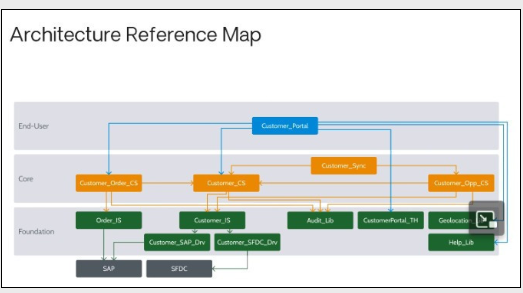OutSystems Architecture-Specialist-11 - Architecture Specialist (OutSystems 11) Exam
Total 83 questions
The Architecture Canvas is a ...
Which of the below best matches this statement : "Needed if data is coming from MULTIPLE external systems. IS will decide which driver to use depending on the data."
Considering Architecture Dashboard(AI Mentor), which of the following sentences is FALSE?
What is the common naming convention for a mobile version of a CS module?
Which of the below is NOT a Synchronization Best Practice for mobile application?
Which of the below matches the most to Library Module Pattern - Extension Pattern...
Which of the below matches the most to Core Module Pattern - ECS Lazy Load variation
What is the Architecture Blueprint?

Which of the below is NOT a reason for Validating a Modules' Architecture?
Which are NOT part of the major concepts that needs to be investigated in the Disclose phase in Architecture Design Process?



